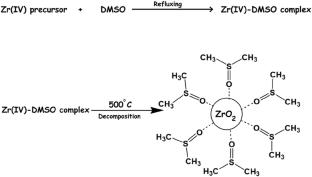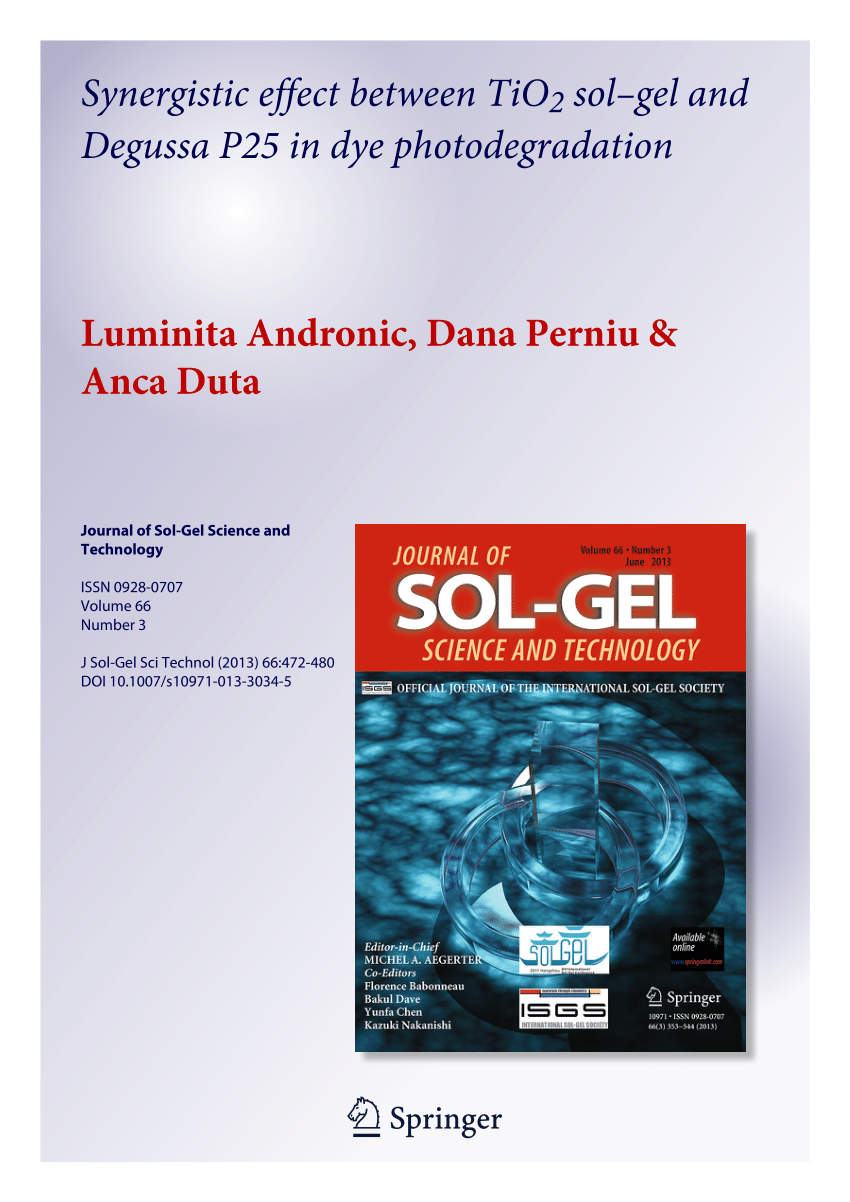Facile modified sol-gel process to prepare highly photocatalytic active ZrO2 nanoparticles: microstructure and optical properties
Abstract
In this research work, a new synthesis method was introduced to prepare ZrO2 nanoparticles (NPs) with controllable size and shape. The zirconium dioxide NPs were obtained using a facile one-pot solvothermal chemical approach. The facility of this protocol is the use of dimethyl sulfoxide (DMSO) as both solvent and stabilizing agents, which means that no other regents are needed to produce ZrO2 nanoparticles. The importance of this procedure can be summarized in two important points: the low cost of this approach (no other reagents such as base, ligands, oxidizer agent, etc. are needed) and the purity/high activity of the formed NPs (the use of many reagents can produce a lot of by-products that can be adsorbed at the NPs surface which prevent its activity). The morphology and the microstructure of the obtained ZrO2 NPs were investigated using different instruments. The synthesized nanoparticles exhibited high crystallinity with an average size of ~13 nm. On the other hand, the prepared ZrO2 NPs exhibited an interesting optical response in the UV region with high energy gap (~5 eV) which is then exploited for the photodegradation activity. The photodegradation efficiency of zirconium dioxide (ZrO2) nanoparticles against Methyl Orange (MO), and Diuron molecules were assessed under UV light irradiation. The photocatalytic performance achieved 72% within 60 min. The high activity of ZrO2 photocatalyst can be attributed to the simplicity of the chemical procedure generating high pure and active surface which is considered as the principal important parameter in heterogeneous photocatalysis.
Graphical Abstract


 求助内容:
求助内容: 应助结果提醒方式:
应助结果提醒方式:


